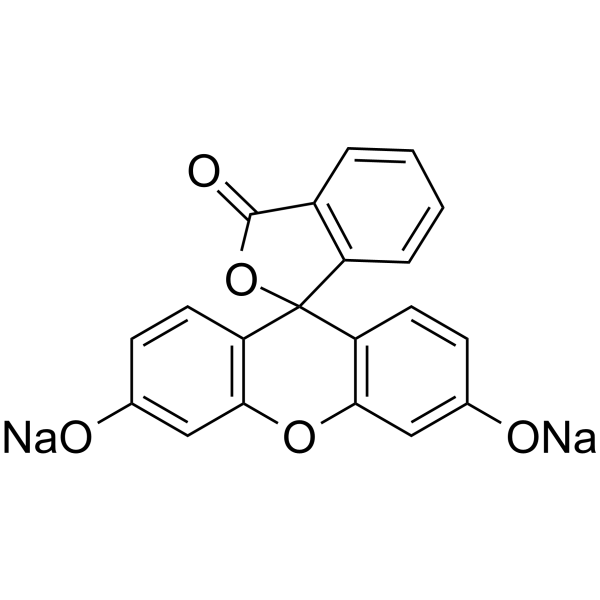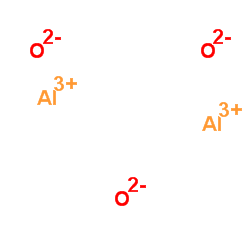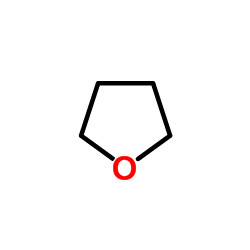| Structure | Name/CAS No. | Articles |
|---|---|---|
 |
Sulfuric acid
CAS:7664-93-9 |
|
 |
sodium carbonate
CAS:497-19-8 |
|
 |
Acetonitrile
CAS:75-05-8 |
|
 |
Formic Acid
CAS:64-18-6 |
|
 |
Fluorescein sodium
CAS:518-47-8 |
|
 |
Methanol
CAS:67-56-1 |
|
 |
Aluminum oxide
CAS:1344-28-1 |
|
 |
thf
CAS:109-99-9 |
|
 |
1-Hexadecanol
CAS:36653-82-4 |
|
 |
DPPH
CAS:1898-66-4 |